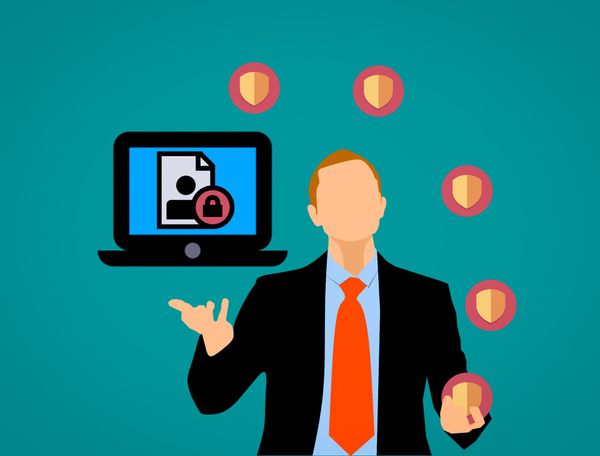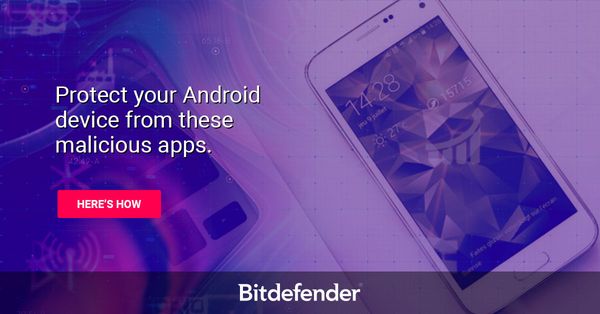How to protect your digital identity

The impact of digitalization on our identity has never been more important. Data breaches made headlines throughout 2019, with a record of more than 10 billion records exposed. And 2020 is off to a rough start, with 1.5 billion records breached in January alone.
As we go about our routines, surf the web and interact with various online platforms and services, what dangers do we face in cyber space? Why has the Internet become such a dangerous place, and why is our personal information so eagerly sought? The dark corners of the web give anonymous bidders plenty of “goodies” that can be used in illegal schemes. A top prize for an attacker is your data. The unauthorized collection and fraudulent use of someone else”s personal identifiable information (PII) can have serious long-term effects for victims.
Most cyber criminals are no geniuses, but they are unceasingly diligent in their schemes to fool you into giving away sensitive information. If you don”t fall victim to their initial trick, there are many ways they can steal your data or impersonate you. In schemes ranging from cyberstalking to identity theft, cyber criminals aim to cash out using your sensitive data, be it your name, Social Security number or email address and password.
A cautious approach to using Internet-enabled devices and brushing up on your cyber security “know-hows” can help maintain a good online hygiene that can really make a difference. No one can truly be safe from cyber threats but your awareness and detective skills can considerably shorten the recovery time from one.
You”re not alone in the battle to secure your online identity. Our objective is not just to protect your internet-enabled devices from sophisticated malware and ransomware attacks: we”re committed to providing guidance and comfort while you collect the puzzle pieces that make up your digital footprint. The more you know and control, the easier it is to manage your online identity and reduce your risk of becoming another pawn to cyber thieves. Learn more about how you can take ownership of your personal data.
Read more about:
Section 1: Identity theft and concepts
- What is identity theft?
- What is impersonation?
- What is impersonation?
- What is cyberstalking?
- What is your digital footprint?
- 3 most common identity theft scenarios
- 6 signs that you might be a victim of identity theft
Section 2: How can you protect your digital identity
- The Art of Creating Strong, Yet Easy-to-Memorize Passwords
- 10 tips that can help prevent thieves from stealing your identity
- How can you protect your privacy on social media?
- Privacy vs security. Why a security solution is not enough to protect your identity
- Why do I need Identity theft protection?
- Where can I report identity theft?
Section 3: Data breach checklist
- Data breach: the what, the why, the who
- 4 telltale signs that your e-mail account has been compromised
- Top 6 data breaches of 2019
- Data Breach: The Ashley Madison ripple effect
- Cybersecurity in the new decade: 2020″s off to a rocky start
- Fighting data breach fatigue: Give cyber thieves a run for “their” money
Section 4: Understanding the digital world
tags
Author
Alina is a history buff passionate about cybersecurity and anything sci-fi, advocating Bitdefender technologies and solutions. She spends most of her time between her two feline friends and traveling.
View all postsRight now Top posts
How to Protect Your WhatsApp from Hackers and Scammers – 8 Key Settings and Best Practices
April 03, 2025
Outpacing Cyberthreats: Bitdefender Together with Scuderia Ferrari HP in 2025
March 12, 2025
Streamjacking Scams On YouTube Leverage CS2 Pro Player Championships to Defraud Gamers
February 20, 2025
How to Identify and Protect Yourself from Gaming Laptop Scams
February 11, 2025
FOLLOW US ON SOCIAL MEDIA
You might also like
Bookmarks







